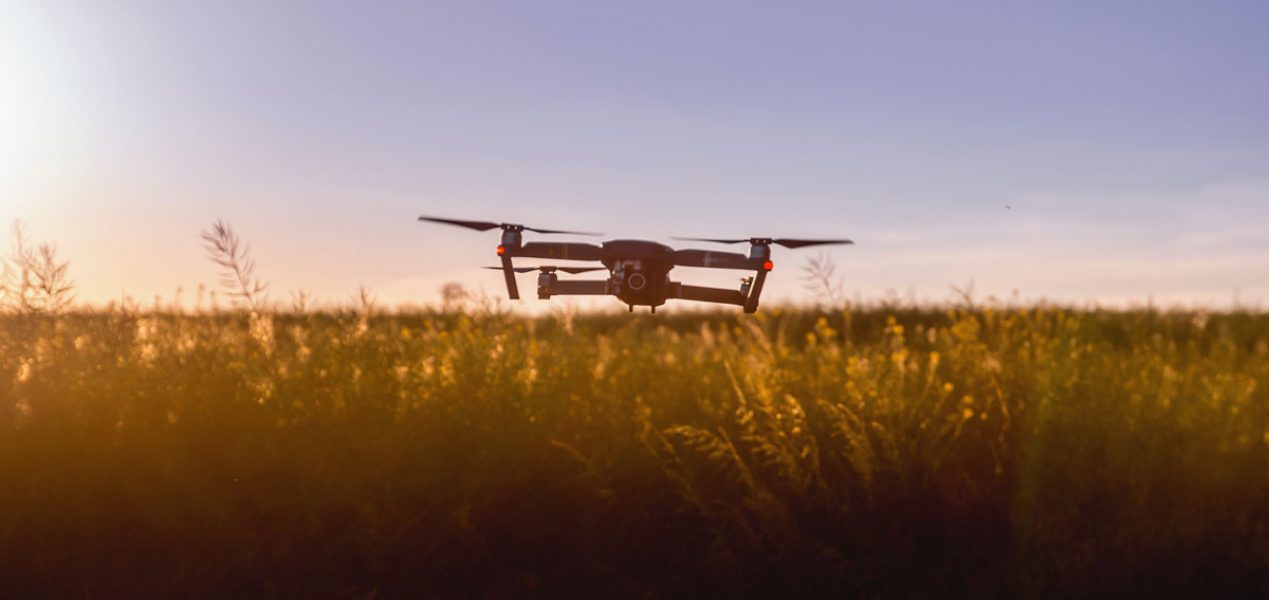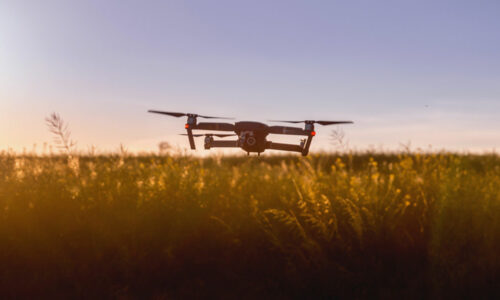Agriculture is one of the oldest productive sectors in the world. For centuries, humans have cultivated the land using little more than their hands.
But it has gradually been modernised.
Nowadays work in the fields has little to do with that experienced by our grandparents, fortunately for the whole sector.
Although some people still have prejudices about the use of technology in agriculture, the truth is that thanks to its implementation, the efficiency of agricultural tasks has increased enormously.
But chemistry also has a lot to do with this process of technification.
With more information, more specific treatments can be carried out, leaving aside the use of general inputs to move towards more technical and specific products.
In this article, we will discuss how technology and agrochemicals work together for the benefit of agricultural companies, regardless of their size.
Benefits of technology for agriculture
Agriculture is facing more and more challenges.
Among the most important are the increase of population that needs to be supplied, the global trade and the growing concern for quality shown by consumers.
A commitment to technological development is therefore essential if the sector is to meet all these needs.
The benefits that technology brings to the field are:
- Increased production: the quantity of products cultivated is now higher than when only traditional methods were used. This allows better use of the available land.
- Sustainability: thanks to research, chemical products have become more respectful of the environment and the health of consumers.
- Less resources: technology also makes resources more efficient. This reduces the amount of water, energy, inputs and labour needed.
- Control and information: there are many tools that allow farmers to know the status of their crops and all the details of production. This helps them make better decisions in real time.
- Improved working conditions: technology has reduced the physical demands of working in the field, thanks to the automation of some tasks. The working day has become shorter and workers have more safety measures.
These are some of the technological tools that can be combined with chemistry to improve crop yields:
Intelligent irrigation systems
Irrigation is one of the points where most resources are wasted.
For this reason, precision agriculture seeks to better control the distribution of water and other inputs to apply them where they are most needed through sensors, irrigation programmers and other technological tools.
In addition, it is possible to take advantage of existing irrigation networks to provide extra ingredients through fertigation and the use of soluble fertilizers.
Drones to locate deficiencies
Drones have many applications in agriculture.
One of their main uses is the detection of pests, diseases, irrigation deficits or any other nutritional deficiency. In this way, the farmer can proceed based on more solid data.
Based on the images obtained with the drones, the products needed in each case can be used, such as
- Biopesticides.
- Bio-stimulants.
- Fertilizers.
- Tailor made deficiency correctors.
New generation postharvest solutions
Another remarkable advance in agrochemicals is the improvement in the conservation of agricultural products with the use of increasingly sustainable preservatives, plastics, waxes and packaging.
For example, sulphur dioxide is used to keep grains fresh and usable for longer, while sodium benzoate increases the period that can pass from when a product leaves the garden until it is consumed.
These improvements have a direct impact on increased profitability for the farmer and reduced food waste throughout the distribution chain to the end user.
Finally, there are also other noteworthy technological solutions such as the latest generation of machinery and tools, automated greenhouses or foliar and soil analysis, which have represented a great advance in the agricultural sector.
Chemical solutions for the technification of the field
Farmers have many modernisation tools at their disposal, but without the help of chemicals many of them would be meaningless.
This is because most technological solutions are aimed at collecting information to detect deficiencies.
But in order to apply the solutions, it is almost always necessary to resort to chemistry.
For example, a multispectral map will tell us if any crop area needs extra nutrients. But it is useless to have this information if the appropriate fertilizer is not applied and/or is not correctly absorbed by the plant.
Likewise, chemical technology has also allowed innovation in food packaging, achieving preservation with less contaminating materials.
1.-Surfactants to increase the efficiency of inputs.
Surfactants are used in agriculture for their wetting, dispersing or emulsifying properties. The use of surfactants reduces the amount of fertilizers and plant protection products used. If you want to know more, visit our post about surfactants in Agriculture.
2.- Nitrification and urease inhibitors to reduce nitrogen loss
An inhibitor is a compound added to a nitrogen fertilizer to reduce losses when applied to the crop.
There are two main types of inhibitors added to nitrogen fertilizers:
- Urease inhibitors (UI): these inhibit the hydrolysis of urea by action on the urease enzyme.
- Nitrification inhibitors (NI): which inhibit the biological oxidation of ammonium to nitrate such as DCD (dicyandiamide), or DMPP (Dymetil Pyrazole phosphate.)
3.- Biostimulants to increase crop efficiency:
Once the plant has all the necessary nutrients to develop, it must be in a situation of active growth to be able to use them. This is achieved through biostimulants that reduce growth arrest caused by environmental and biological stress. You can read more in this article from our blog in which we talk about the importance of biostimulants in modern agriculture.
4.- Liquid chelates to increase the absorption of micronutrients
The liquid chelates improve the stability of the metals supplied and the absorption by the plant. In this way, greater efficiency in the nutrients supplied is achieved. It also serves to ensure that what is supplied can be assimilated by the plant and will not remain immobilised in the soil.
Our BD Micro range consists of liquid metal chelates of EDTA and DTPA. They are 100% chelated metals from first quality raw materials, obtaining a very stable and contaminant free product.
5.- Biopesticides for more sustainable pest control
Pest control is essential to ensure minimum crop productivity. Biocontrol products, which are more respectful of nature and the health of consumers, are a trend.
At Barcelonesa we provide manufacturers of biopesticides with the active materials and co-formulants necessary to obtain products that are more respectful of the environment.
Get more advanced agrochemical inputs with Barcelonesa
It is clear that combining technology and agrochemicals is necessary to make agriculture more profitable and sustainable.
At Grup Barcelonesa we are joining this current of change, constantly working to find new products that facilitate modernisation in the countryside.
Our aim is for manufacturers of agrochemical products to have access to increasingly advanced solutions that increase crop efficiency and protect them against pests.
If you would like more information on this topic, please contact our sales department by clicking on the ‘more information’ button below.


